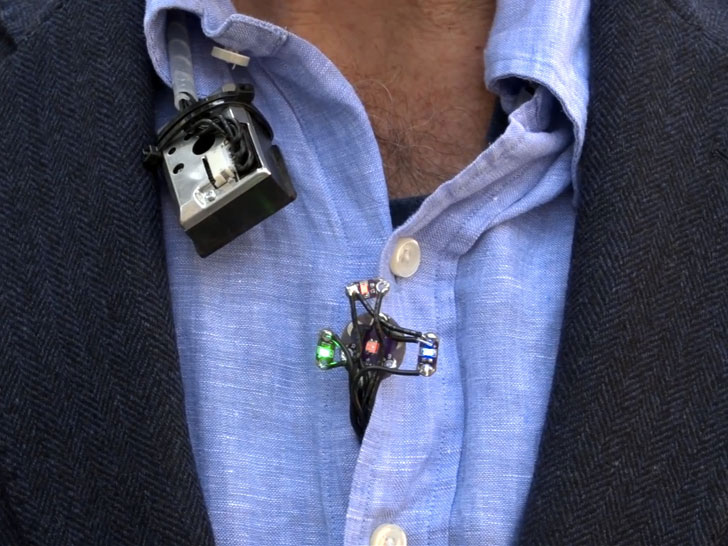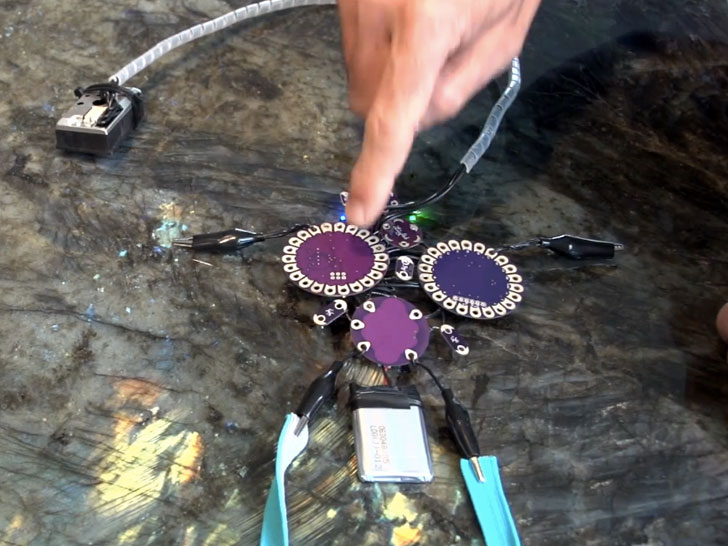Depending on where you live, you might be concerned about air quality. You might even live in a place with poor air quality, and you don’t realize it. Several months ago, I sent a picture from here in Atlanta to a friend of mine in Europe. He commented about how the air looks smoggy in my outdoor pictures. It’s not as bright here as it is there. It makes me think that has to do with the air quality. We could all probably benefit from a wearable pollution monitoring sensor.
A couple days ago, an innovative new technology was introduced in the form of a small, wearable pollution monitoring sensor that analyzes your breathing and measures the amount of particulate matter you inhale. It was created by Conscious Clothing, and their pollution monitoring sensor is the first time that the correlation between poor air quality and health will be able to be calculated in real time.
According to Glenn Paulson, a Ph.D. at the U.S. Environmental Protection Agency (EPA), “We’re at the edge of a technology wave where anyone can use these sensors. The potential impact on personalized health and local environmental quality is tremendous.” This small, wearable, pollution monitoring sensor could help people with asthma, emphysema and other respiratory problems figure out how to live a better life based on air quality.
This is a great way to improve environmental and public health. It can also be used as a powerful real-time tool to measure the effects of poor air quality on public health including disease and illness (data transmitted via Bluetooth). Conscious Clothing entered this sensor into the My Air, My Health Challenge where they won a prize of $100,000 for their innovation. There’s no word yet about if or when this will be available to everyone.
Wearable Air Pollution Monitoring Sensor
(Click Images To Enlarge)
Via: [Ecouterre] [U.S. Department of Health & Human Services]



COMMENTS